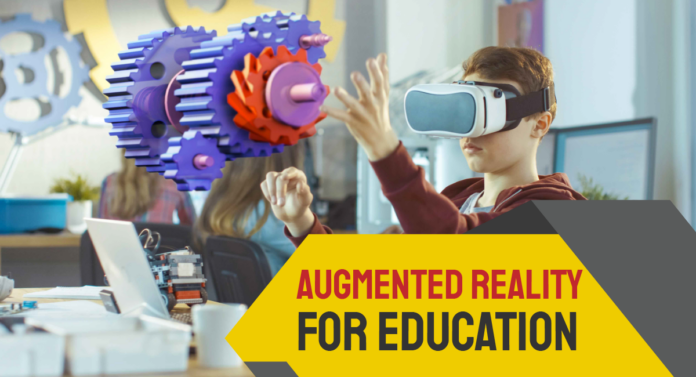Augmented reality is not a new concept: Military, medicine, engineering design, robotics, telerobotics, manufacturing, maintenance, repair applications, consumer design, psychiatric treatments, and so on have all employed it.
Using virtual objects that the user cannot directly detect with senses to display information allows a person to engage with the environment in ways never previously feasible. We can adjust the placement and other graphical features of virtual objects using AR interaction techniques.
Manipulate virtual goods and physical objects in the real world using fingers or motions on mobile devices such as shake and tilt, and benefit from AR at all times. It allows you to manipulate 3D virtual things by simply moving real cards around without using a mouse or keyboard.
Collaborative projects can potentially benefit from AR. Innovative computer interfaces that combine the virtual and real worlds to improve face-to-face and remote cooperation. AR apps are more like real-life face-to-face communication than screen-based collaboration’ although web technology and the internet are ubiquitous, people still prefer to read books rather than stare at screens.
AR textbooks are another intriguing potential when a webcam is pointed at textbooks, visualizations and interactions are created.
Installing special software on a PC, using particular mobile apps, or visiting a website are all options. After publishing, any existing book can be turned into an augmented reality version using this technique. The simplest means of creating simulations with various forms of interactions use 3D objects and views, various and imaginative media, and simulations with various interactions.
These books are printed normally, but when a webcam is pointed at them, visualizations and interactions are created. Textbooks will become dynamic sources of information by incorporating Augmented Reality onto printed book pages.
People without a computer background can nevertheless enjoy a great interactive experience in this way. Keeping pupils engaged in lectures has become more challenging now that they must learn from home. As a result, eLearning software developers are embracing AR technology with zeal. Overall, the advancement of Augmented Reality is increasing its market share.
AR-enabled eLearning programs display the augmented item on the screen and provide 3D examples of topics for students to study and engage with. Overall, computer graphics are heavily used, allowing an object to be collected and displayed in the augmented environment, as well as rendering searches regarding the object.
It means that the application can take a picture of an object in the actual world and provide a complete description of it. You can also use a template to construct your AR-enabled eLearning program.
Follow and connect with us on Facebook, LinkedIn & Twitter


Hello to all, how is all, I think every one is getting more from this site, and your views are
good designed for new viewers.